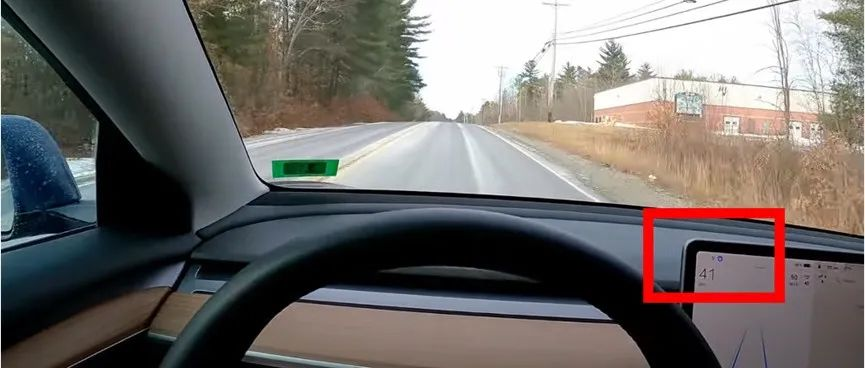Author: Zhu Yulong
A few days ago, the National Highway Traffic Safety Administration (NHTSA) of the United States sent a letter to Tesla, stating that since February this year, the number of complaints about Tesla’s unintended braking has increased by more than doubled, from 354 to 758. NHTSA requested that Tesla must respond to the “braking issue” by June 20. I think it is necessary to review this timeline.
In the report in February this year, Tesla investigated the “phantom braking” phenomenon, which had accumulated to 354 cases at that time, mainly exceeding 200 in February. According to current data, there were also 200 cases in March and April, covering 416,000 Tesla vehicles, mainly including Model 3 and Model Y. “Phantom braking” has not caused any accidents or injuries to personnel, but it is too scary for drivers. Tesla owners said that the “phantom braking” phenomenon usually occurs when the cruise control or Autopilot is turned on, suddenly slamming the brakes.
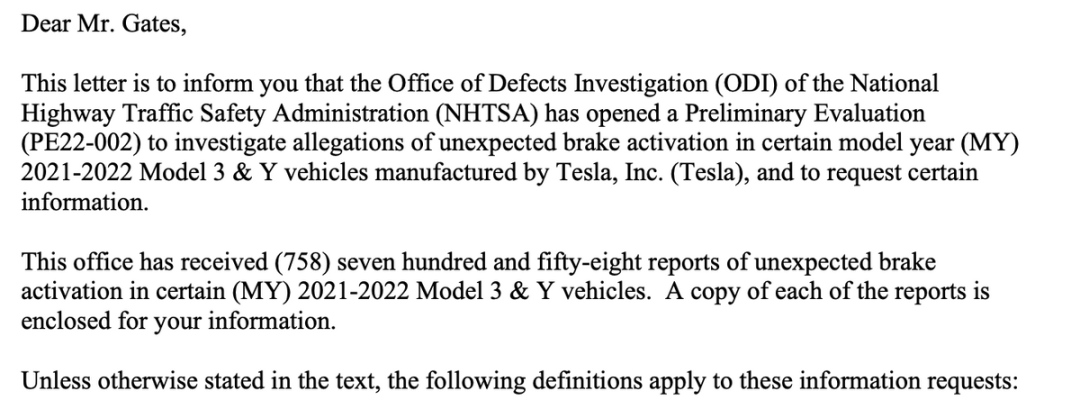
Timeline of Tesla Function Upgrade and Investigation
In my understanding, the problem of “phantom braking” this time is that Autopilot FSD function upgrade process has begun to use the car owners as guinea pigs. From actual statistics, the specific time was from May 2021, when it was all in single digits, and the pushed cars were limited; then with the gradual attempt of FSD, it skyrocketed to 51 in November 2021; and in February 2022, it basically bottomed out at around 200. These were all complaints from car owners on the NHTSA website. Due to the tolerance of Autopilot FSD senior testers, there is still room for further evaluation of the actual occurrences and scenarios.
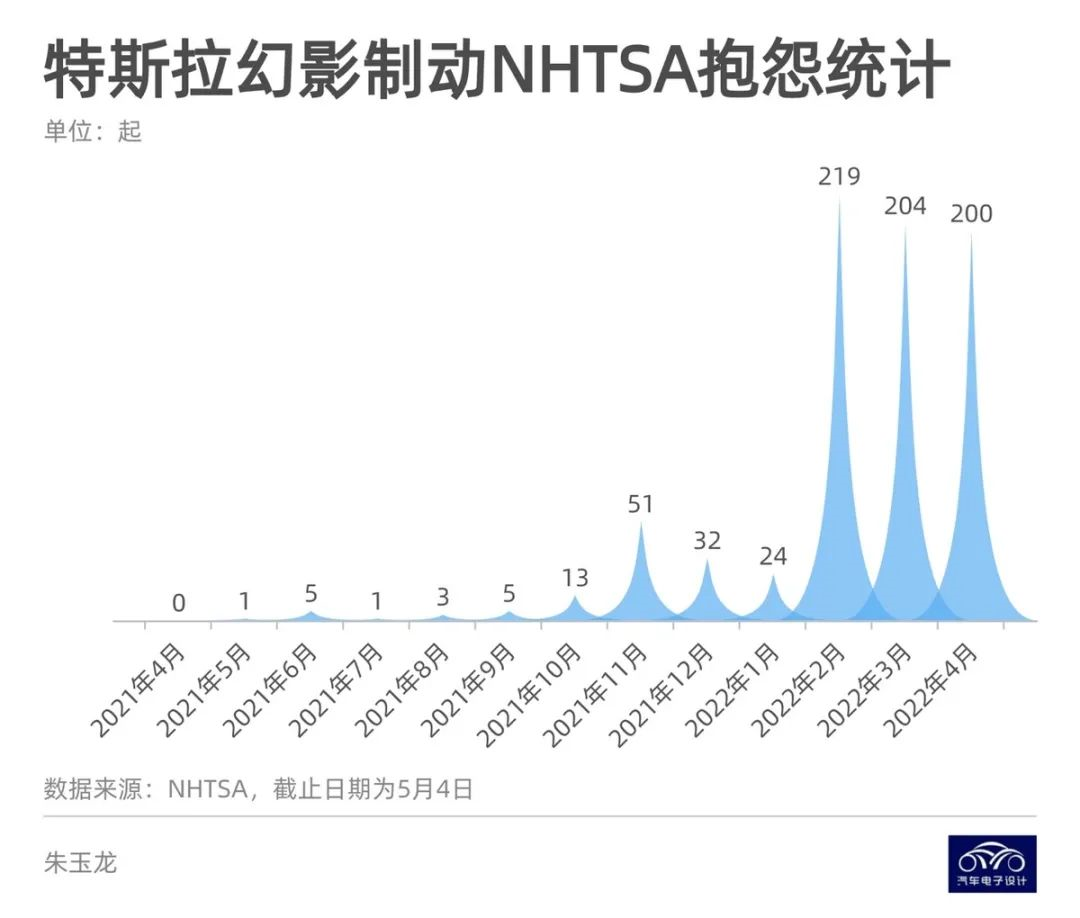
For Tesla, “phantom braking” is different from general AEB. In the process of opening Autopilot FSD, the braking is applied by the decision-making algorithm of the automatic driving assistance system. From the perspective of the cause analysis, it may be that the system wrongly detected objects on the road or predicted unlikely collisions, and then slammed the brakes to protect you.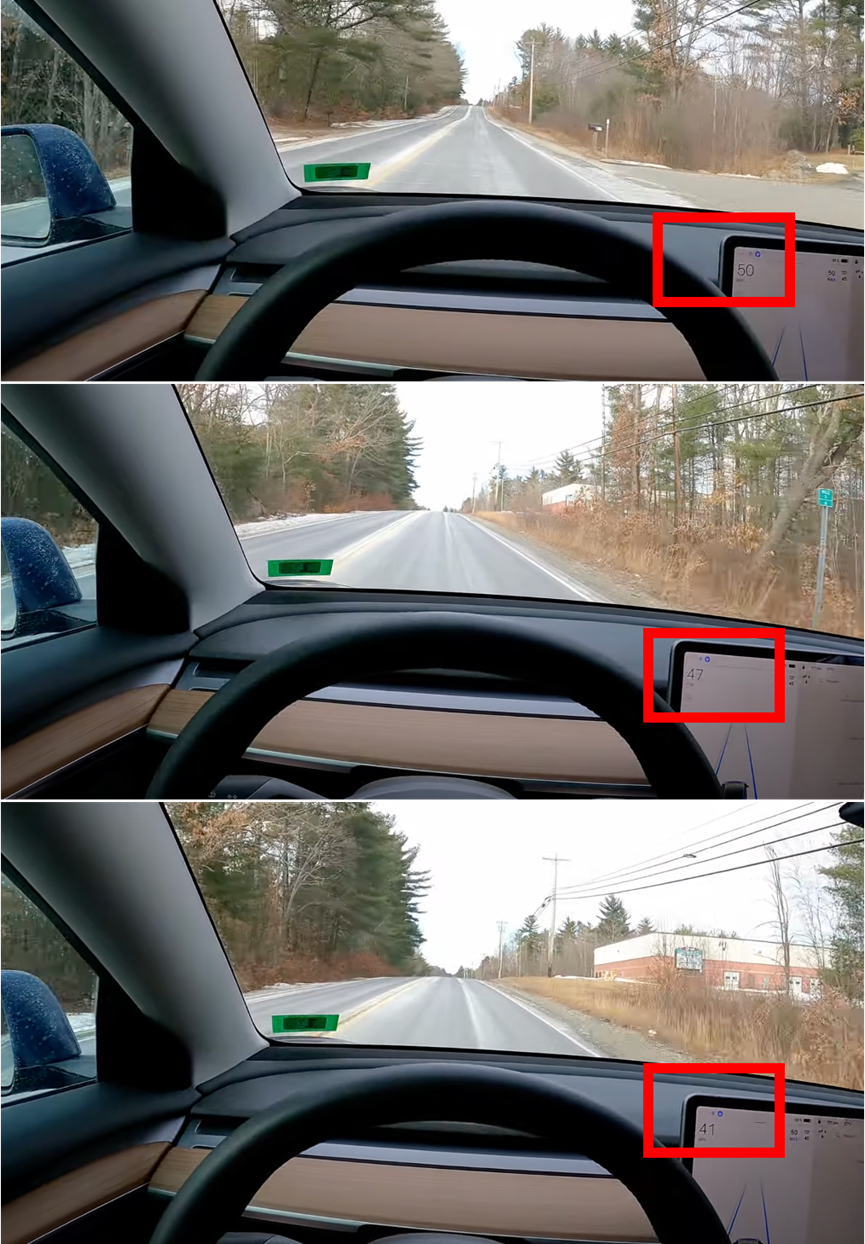
Looking at Elon Musk’s deployment of Full Self-Driving (FSD) system, it is quite similar to that of Pinduoduo. The last portion of the difficult journey is particularly challenging.
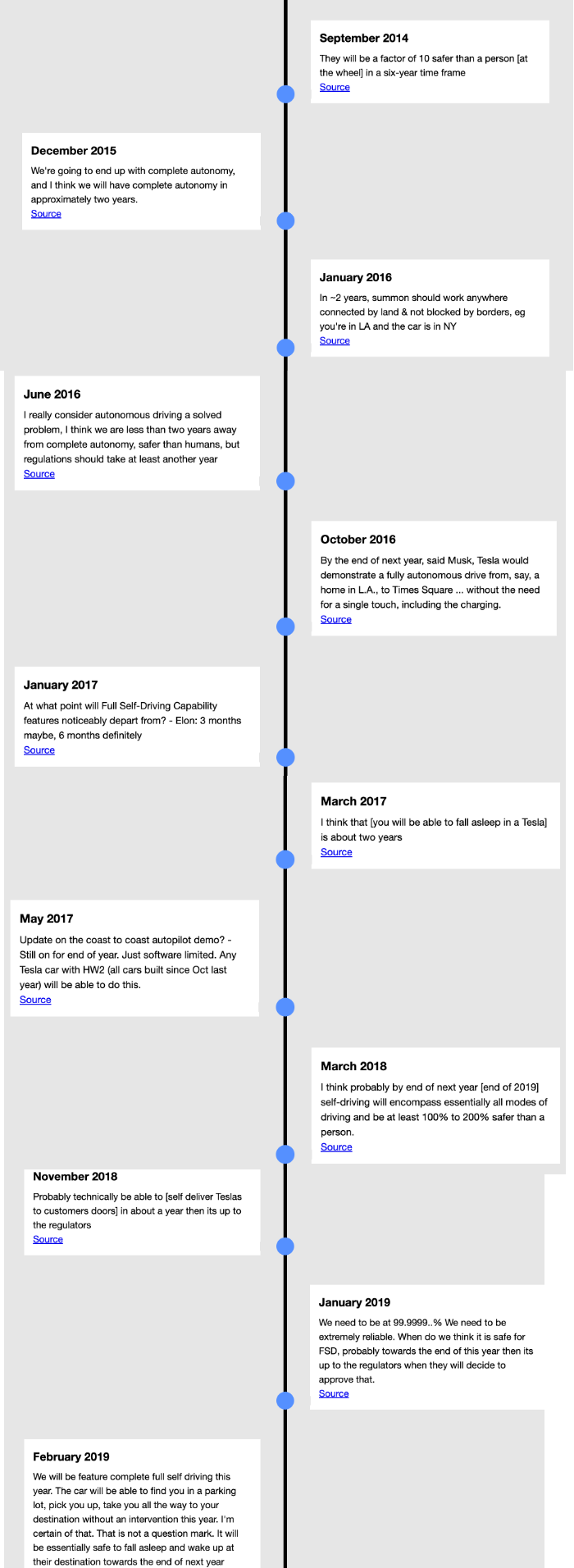
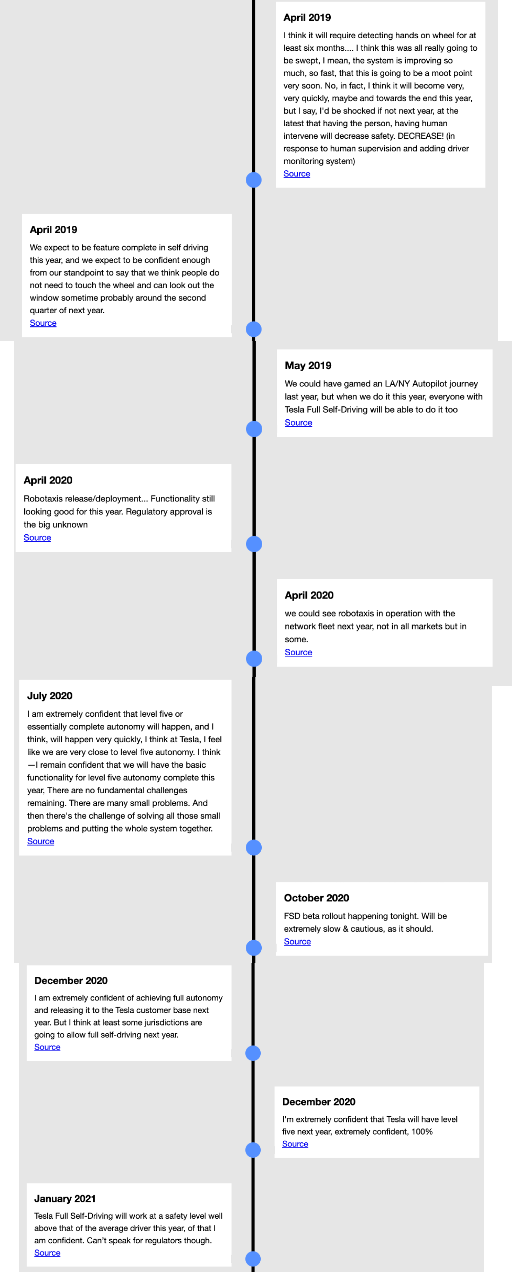


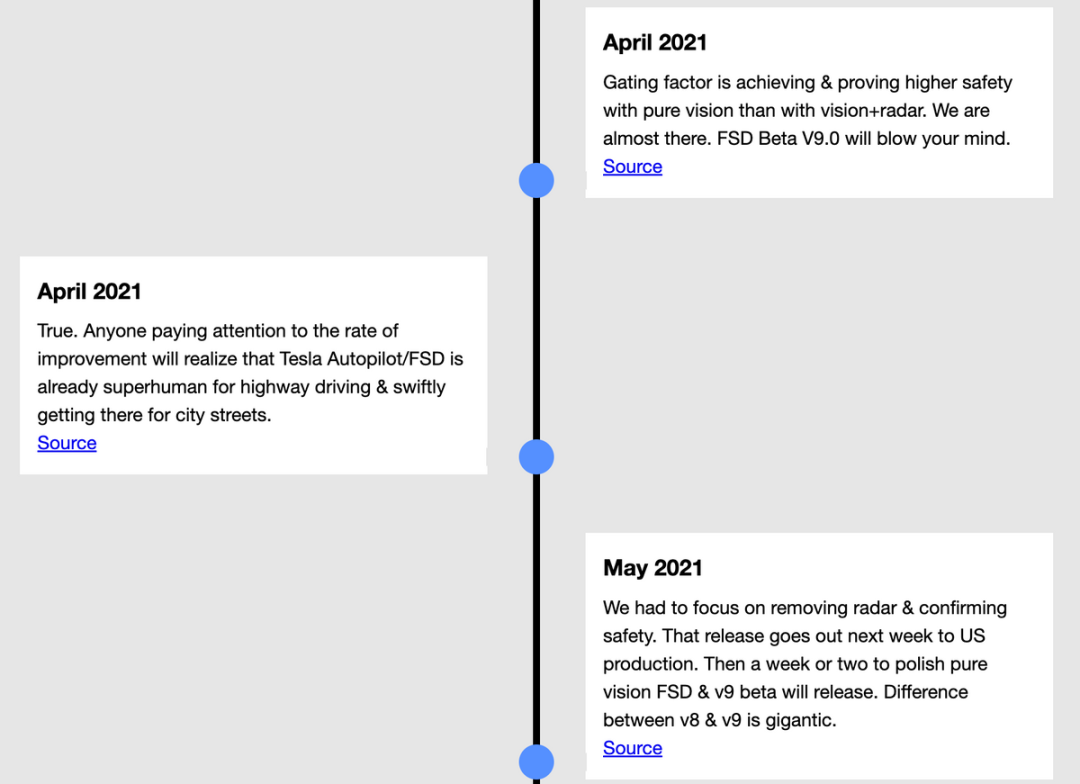
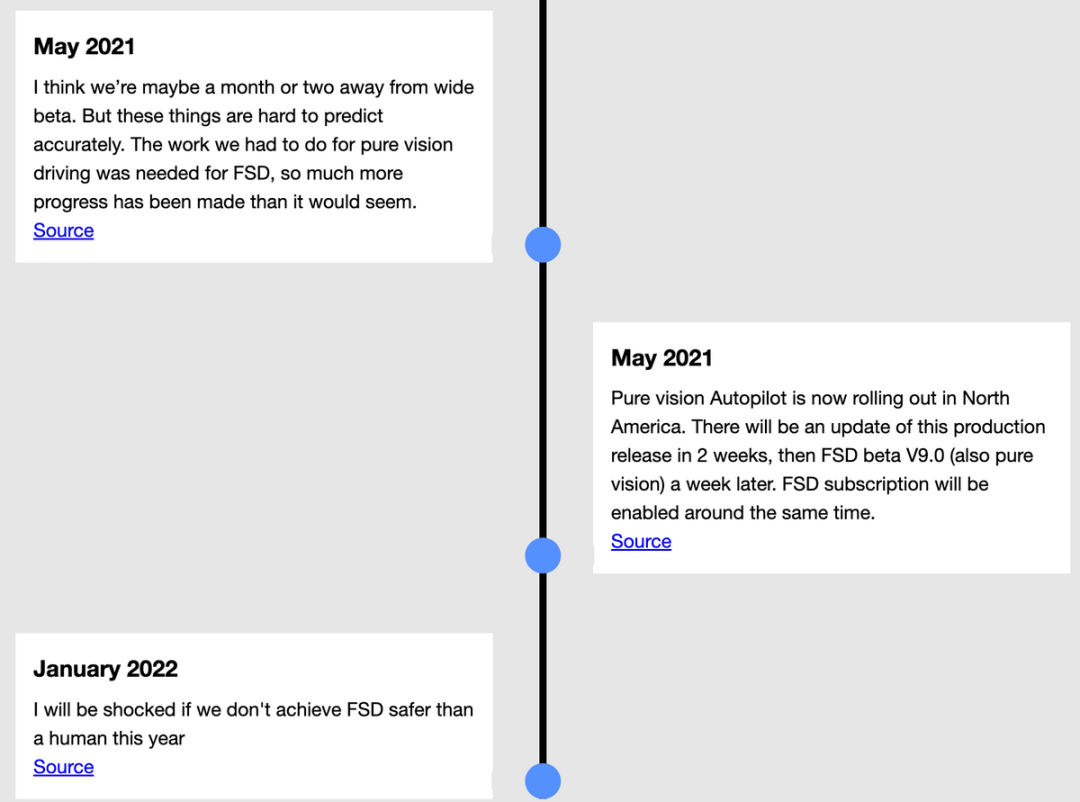
Deployment Timeline of FSD
According to Elon Musk’s disclosure at the All in Summit technology conference in Miami in May, about 100,000 drivers participated in the FSD Beta (fully automated driving test version); by the end of 2022, the number of test drivers will be expanded to approximately 1 million. It can be understood that Tesla is gradually increasing and expanding the number of tests.
At the end of 2021, Tesla opened the FSD Beta to 60,000 vehicles, whose owners are loyal fans and are very tolerant of phantom braking. In February 2022, after relaxing the safety score standards, the number of American drivers with access to FSD Beta rapidly increased from 60,000 to 100,000, and the complaint ratio increased significantly after an additional 40,000 drivers were added.At present, Tesla still focuses on high-definition cameras to iterate Autopilot and FSD software by obtaining data from the vehicle and its surroundings, and improving FSD performance by learning from other drivers’ behavior. This is an important factor contributing to the continuous improvement of the FSD suite. While the whole world is focusing on multi-sensor fusion (even a plethora of issues based on L4 Robot Taxi with LiDAR), Tesla still insists on relying solely on vision-based solutions to achieve almost L4 level autonomous driving. The FSD processing platform, which Tesla self-developed, uses HW3.0 and a single-chip performance of 72TOPS, and dual-chip performance of 144TOPS. From current information, to achieve further improvement, it is necessary to wait for Tesla to apply the newly developed FSD chip (expected to reach 216TOPS) in HW4.0, and wait for backend data updates.
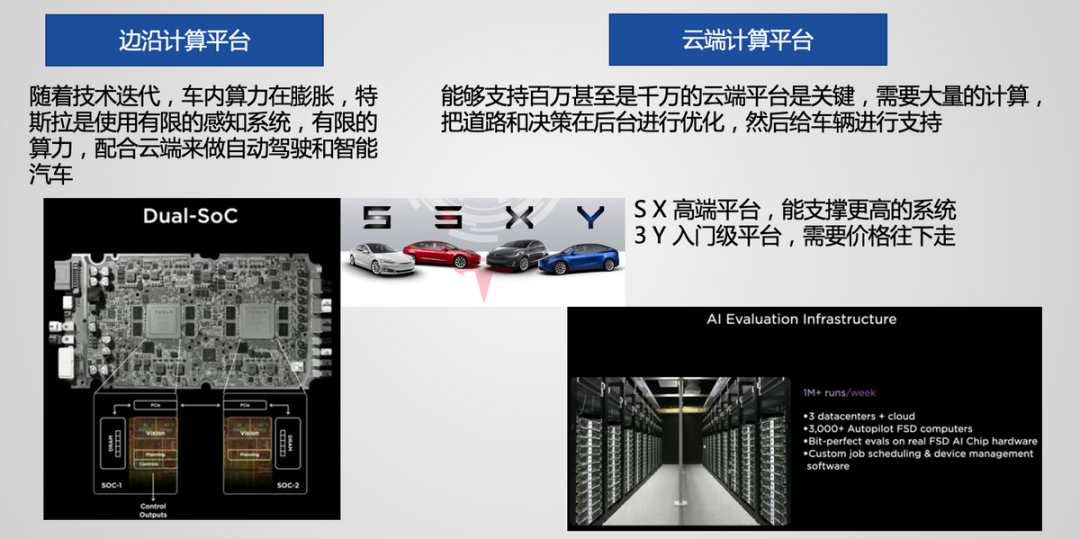
Summary: Automated assisted driving is actually the direction that auto companies are constantly investing in for the future, especially Volkswagen, who has also started to express the need to focus on both algorithms and chips. In fact, the road to 100 points requires vehicle owners to participate in experiments continuously. For loyal Tesla testers, a phantom brake can simply cause a misstep. However, for most users, untested vehicle owners of one million cannot afford to be scared.
This article is a translation by ChatGPT of a Chinese report from 42HOW. If you have any questions about it, please email bd@42how.com.
